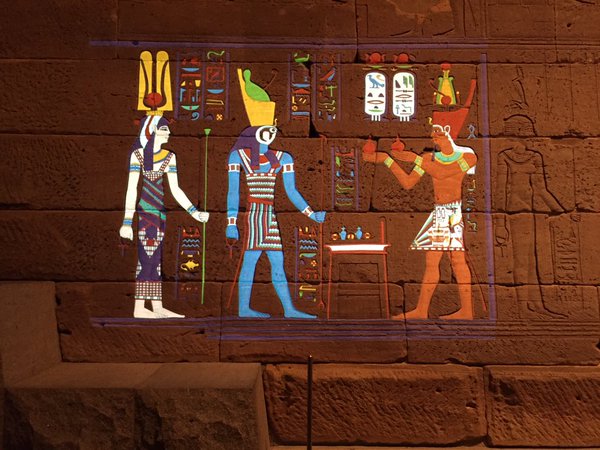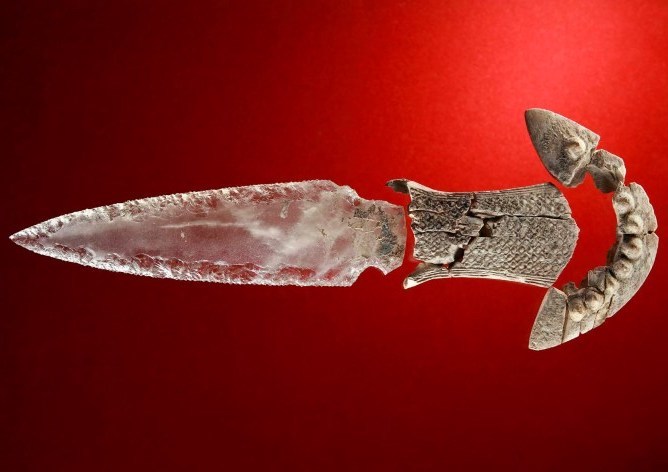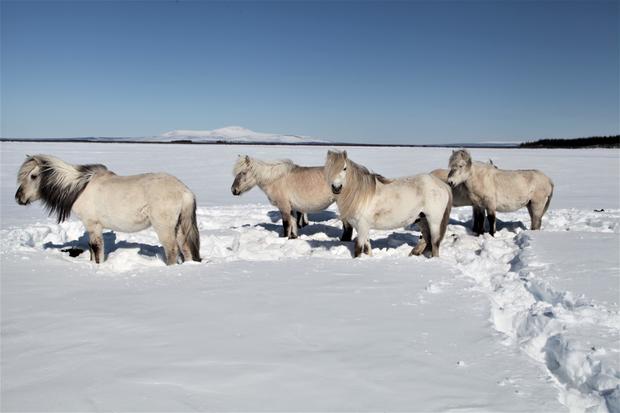“Okay, so your upcoming anthology’s theme is games and gaming,” I can hear some people say. “But, like, how many games can there be? I can only think of, like, five or six. What other games are there even?”
I’m so glad you asked! Part of what inspired the idea for this anthology is the golden age of games and gaming that we’re living through.
Livestreams of Dungeons and Dragons games with millions of views. Board game cafes and YouTube channels dedicated to board game playthroughs. Augmented reality games about chasing imaginary creatures with our smartphones. Massive video game “e-sports” played for huge cash prizes. More than simple past times, the games we play tell us about ourselves, our culture, and our times.
So, in preparation for this anthology, I started thinking about the kinds of categories the games we play fit into. More than simply listing the titles of as many specific games as we can think of, defining games by type and category should hopefully inspire you to think about what game you want to write about but what kind of game you want to write about, and what that kind of games tells us about ourselves.
Here’s the list that I came up with–and bear in mind, it may be (is almost certainly?) incomplete, or you might quibble with where I put some particular type of game. That’s fine! Make your case and expand my horizons with the story you’ll send me 😉
Also, please note that while these are all types of real-world games, the broad categories should help you think about invented games you might want to include in your story, whether it be far-future science fiction or a story set in the court of the king of Elfland. And don’t be bound by these! If you can come up with some alien game that defies these categories, so much the better! We want to see them all.
Types of games to consider include (but aren’t limited to):
- Board games (e.g.: checkers; chess; go; ludi, etc.)
- Card games (traditional games like poker or Hearts, as well as collectible card games and deck-building games like Magic: The Gathering)
- Carnival games (e.g.: skee-ball; Crown & Anchor; etc.)
- Casino-type games (e.g.: roulette; craps; slot machines, etc.)
- Children’s games (e.g.: Snakes and Ladders; Mouse Trap; Sorry!; etc.)
- Cooperative games in which all players need to work together to win (e.g.: Shadows Over Camelot; Pandemic; etc.)
- Dexterity games (e.g.: billiards; pinball; Jenga; Operation; Twister, etc.)
- Economics and strategy games (e.g.: Monopoly; Settlers of Catan; RISK, etc.)
- Games of chance (e.g.: dice; Bingo; etc.)
- Game shows (e.g.: Wheel of Fortune; The Price Is Right; The Batchelor; The Hunger Games; etc.)
- Games of skill (e.g.: backgammon; mahjong; etc.)
- Memory games
- Role-playing games (Dungeons & Dragons, LARP, etc.)
- Trivia games (e.g.: Trivial Pursuit; Jeopardy!; etc.)
- Video games (everything from Pong, to VR, to augmented reality games, to “e-sports”)
You can submit your stories by clicking here. We pay SFWA pro rates, we’re open until Dec 31, 2022, and we take up to 3 submissions per author.
GAME ON!
– S.







